Exhibition review: The Spanish Golden Age in Co Durham
Averil King enjoys an intriguing body of works from the Spanish Golden Age on show in Co Durham.


The businessman Jonathan Ruffer’s donation of £25 million to secure the future of Auckland Castle, and its fabled paintings by Francisco Zurbarán, has focused attention on the North-East’s remarkable holdings of Spanish art. Together with the recent discovery of a series of forgotten Spanish portraits of the Apostles in Durham Cathedral and the conservation of a badly damaged Sevillian painting at the Bowes Museum, this has been the pretext for two absorbing exhibitions in Co Durham.
At the Bowes, the small but excellent display of carefully selected works, including loans from the Prado in Madrid, brilliantly evokes the so-called Golden Age of Spanish painting. Prefacing the exhibition, and commemorating Seville, the centre of much artistic endeavour at the time, is Surrender of Seville to Fer-dinand III (about 1640), attributed to Francisco Pacheco, whose daughter married Velázquez. Here, King Ferdinand of Castile, accompanied by two armoured retainers with halberds at the ready, receives the key of the city on a golden platter from the last Muslim ruler, who is resplendent in scarlet robes and a large turban.
Although the event took place in 1248, the painting’s distant, panoramic view of Seville records its appearance in the artist’s own time. Next to it hangs Pacheco’s Last Communion of Saint Raymond Nonnatus (1611), once in Seville’s Mercedarian Convent, but now owned and carefully restored by the museum. In a strongly diagonal composition, the dying saint is shown surrounded by members of his order and comforted by a vision of Jesus.
Two works by Zurbarán, the National Gallery’s Saint Francis in Meditation (1639) and the Prado’s large, dramatic Martyrdom of Santiago (1640) demonstrate the artist’s austere, mystical style that so successfully represented the religious mood of 17th-century Spain. The first, shadowy, sombrehued composition shows the saint holding a skull; in the latter, Herod and his magnificently accoutred onlookers watch, seemingly impassively, as the executioner raises his sword above the head of Spain’s patron saint as he is about to meet his death in Jerusalem.
The legend of the Virgin Mary born without sin is illustrated in Juan de Valdés Leal’s The Immaculate Conception of the Virgin, with Two Donors (1661). The young Mary, dressed in white with a blue cloak, and surrounded by cherubs, looks up at Heaven. At her feet, dressed in black and, again, recalling the pious character of contemporary Spain, are the figures of the man and woman who commissioned the painting.
Finally, two still-lifes provide a different take on a genre especially popular in the Netherlands. In his carefully composed Still Life with Flowers, Artichokes and Glassware (1627), Juan van der Hamen y León uses a stepped ledge to display a glass vase containing brightly coloured, crisply delineated tulips, anemones, irises and other flowers. Below lie dull-green, long-stalked artichokes and a higher ledge provides a platform for a small dish of cherries and a second, smaller vase of roses.
Juan de Valdés Leal’s Allegory of Salvation (about 1661), however, exemplifies the still-life’s transformation from the purely decorative to works that encourage us to spend our time on Earth virtuously. Here, a man said to be Miguel Mañara, the original Don Giovanni, has evidently changed his ways, for he is seen poring over improving texts and fingering his rosary, as an angel appears behind him, holding an hour-glass and pointing to Heaven.
Sign up for the Country Life Newsletter
Exquisite houses, the beauty of Nature, and how to get the most from your life, straight to your inbox.
‘Six Masterpieces of the Spanish Golden Age’ is at the Bowes Museum, Barnard Castle, Co Durham, until February 1, 2015 (www.thebowesmuseum.org.uk; 01833 690606). ‘Hidden Treasures: Spanish Art in County Durham’ is at Auckland Castle, Bishop Auckland, Co Durham, until March 30, 2015 (01388 743750; www.aucklandcastle.org)
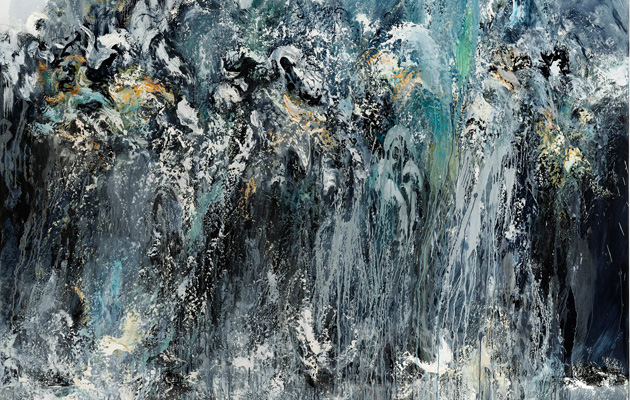
Exhibition review: Maggi Hambling: Walls of Water at the National Gallery
Lilias Wigan reviews an exhibition by the National Gallery’s first artist in residence.
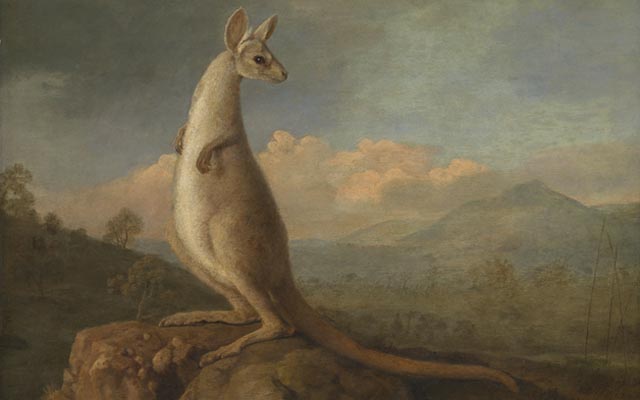
Exhibition review: The Art & Science of Exploration, 1768–80
Matthew Dennison is fascinated to see how western artists fantasised the flora and fauna of the Pacific.
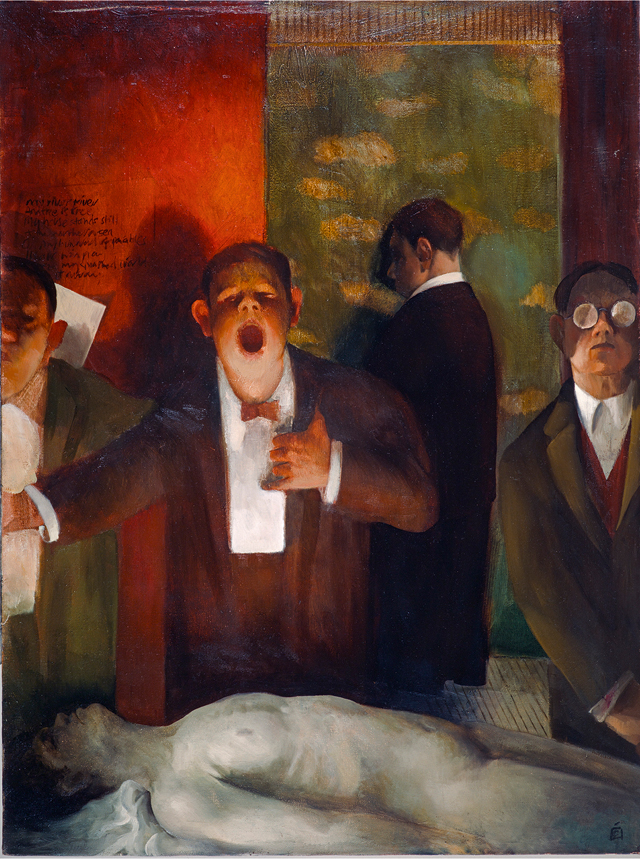
Credit: Stephen Conroy
My favourite painting: Val McDermid
Val McDermid chooses her favourite painting for Country Life.
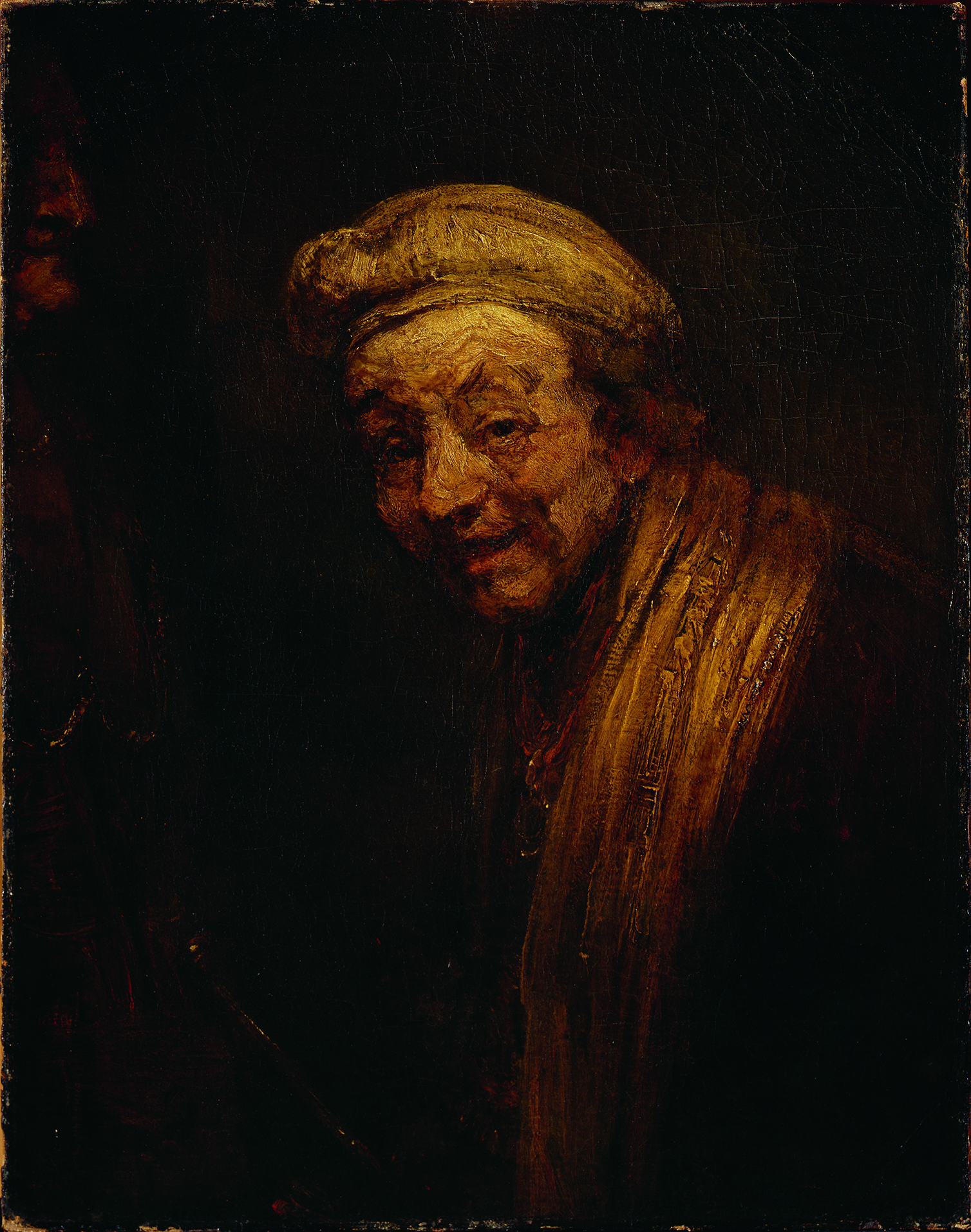
Credit: Rembrandt
My Favourite Painting: Maggi Hambling
Maggi Hambling chooses her favourite painting for Country Life.
Country Life is unlike any other magazine: the only glossy weekly on the newsstand and the only magazine that has been guest-edited by HRH The King not once, but twice. It is a celebration of modern rural life and all its diverse joys and pleasures — that was first published in Queen Victoria's Diamond Jubilee year. Our eclectic mixture of witty and informative content — from the most up-to-date property news and commentary and a coveted glimpse inside some of the UK's best houses and gardens, to gardening, the arts and interior design, written by experts in their field — still cannot be found in print or online, anywhere else.
-
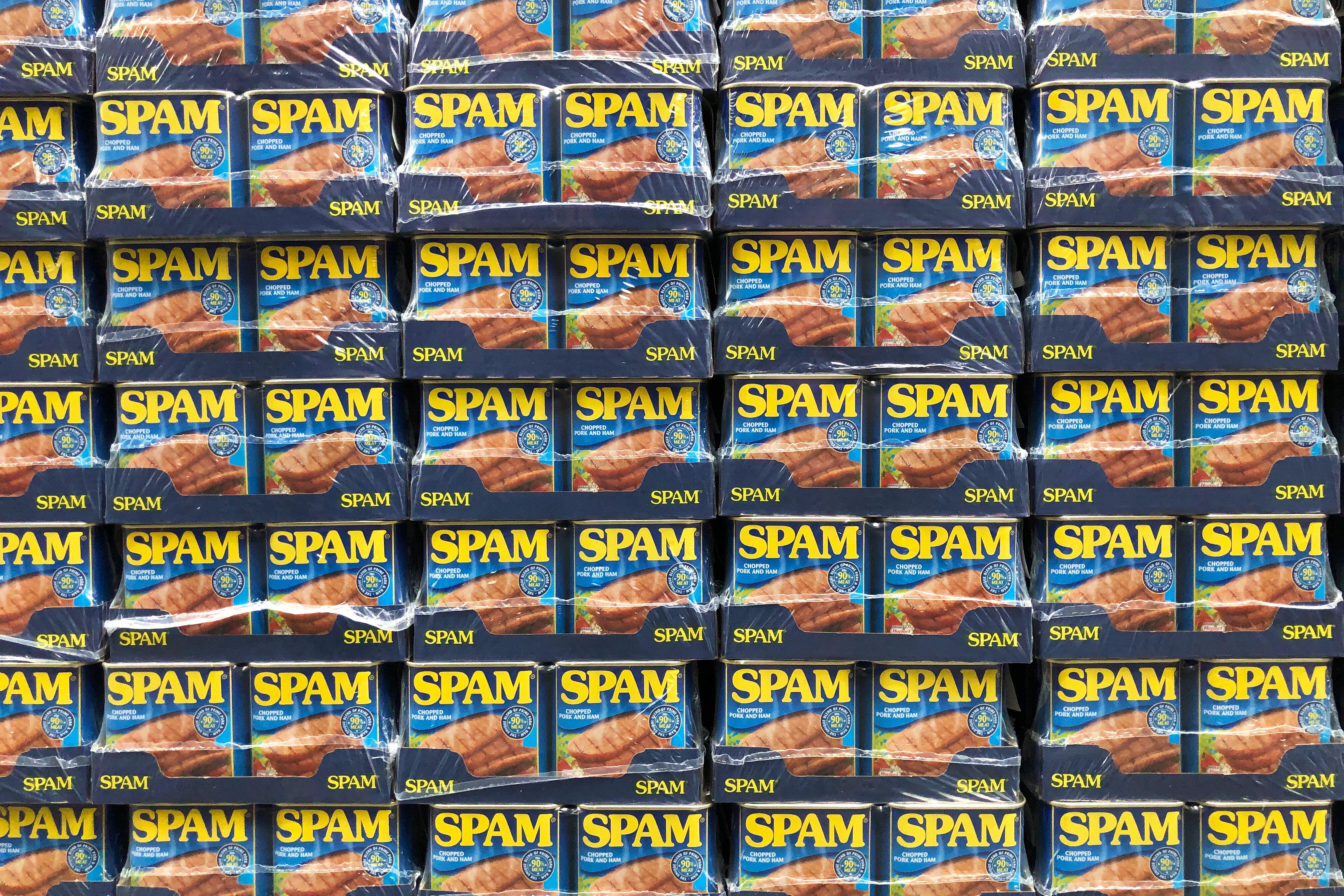 Spam: The tinned meaty treat that brought a taste of the ‘hot-dog life of Hollywood’ to war-weary Britain
Spam: The tinned meaty treat that brought a taste of the ‘hot-dog life of Hollywood’ to war-weary BritainCourtesy of our ‘special relationship’ with the US, Spam was a culinary phenomenon, says Mary Greene. So much so that in 1944, London’s Simpson’s, renowned for its roast beef, was offering creamed Spam casserole instead.
By Country Life
-
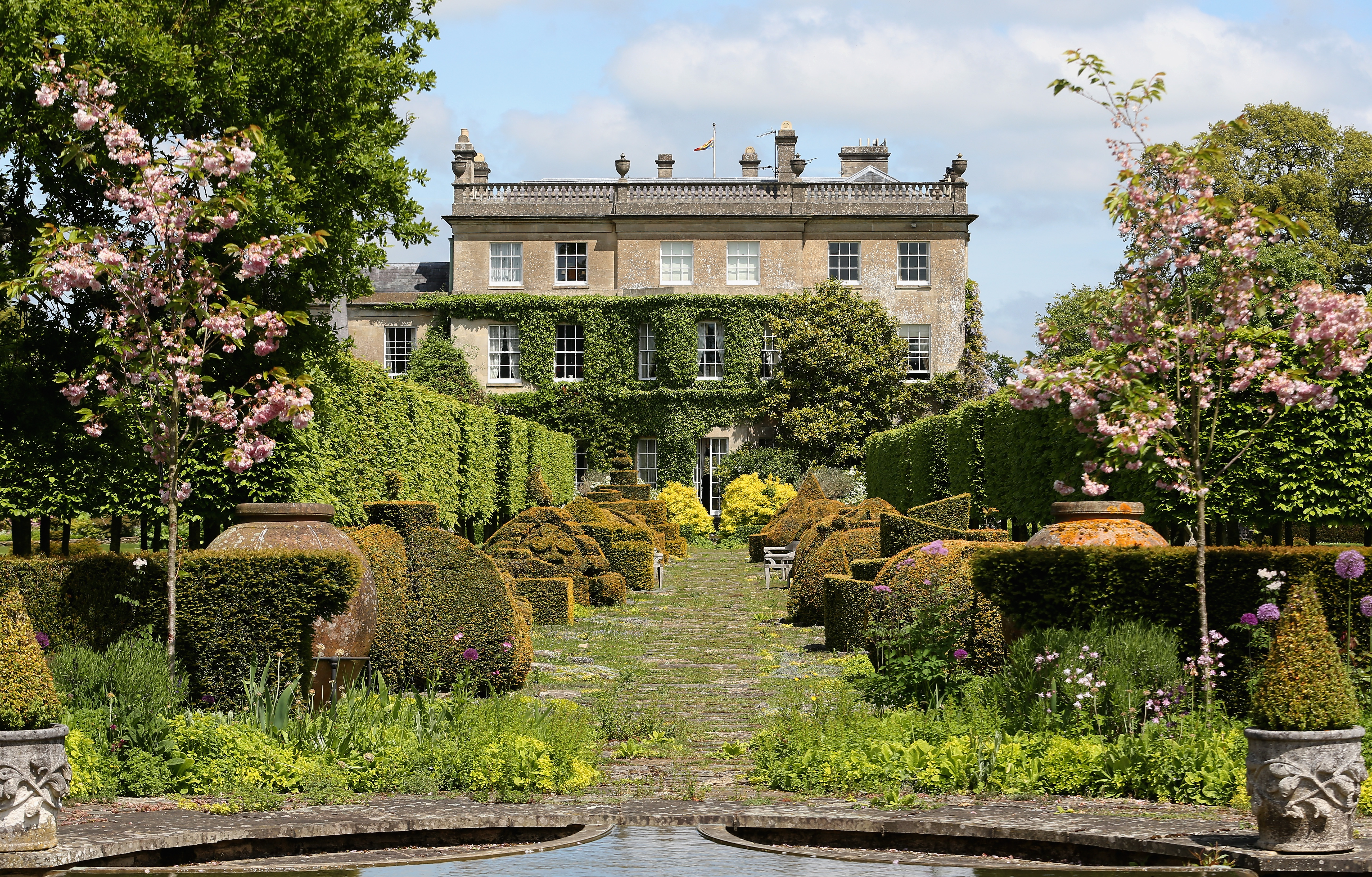 Sanderson's new collection is inspired by The King's pride and joy — his Gloucestershire garden
Sanderson's new collection is inspired by The King's pride and joy — his Gloucestershire gardenDesigners from Sanderson have immersed themselves in The King's garden at Highgrove to create a new collection of fabric and wallpaper which celebrates his long-standing dedication to Nature and biodiversity.
By Arabella Youens